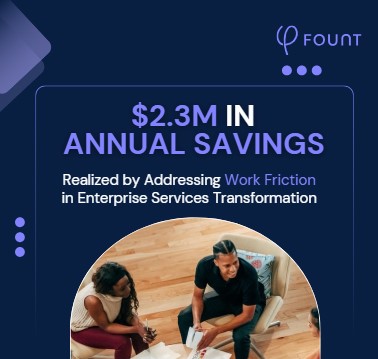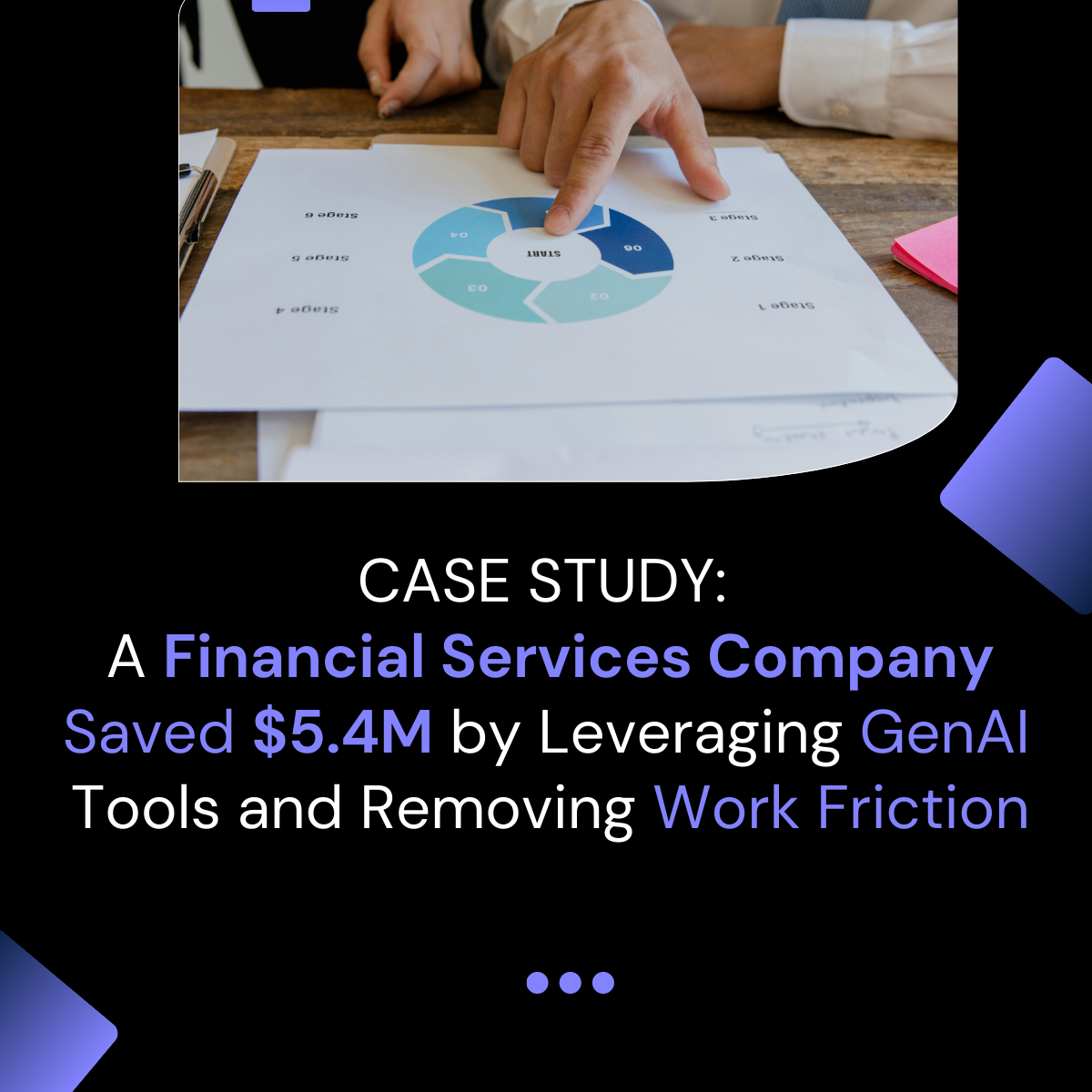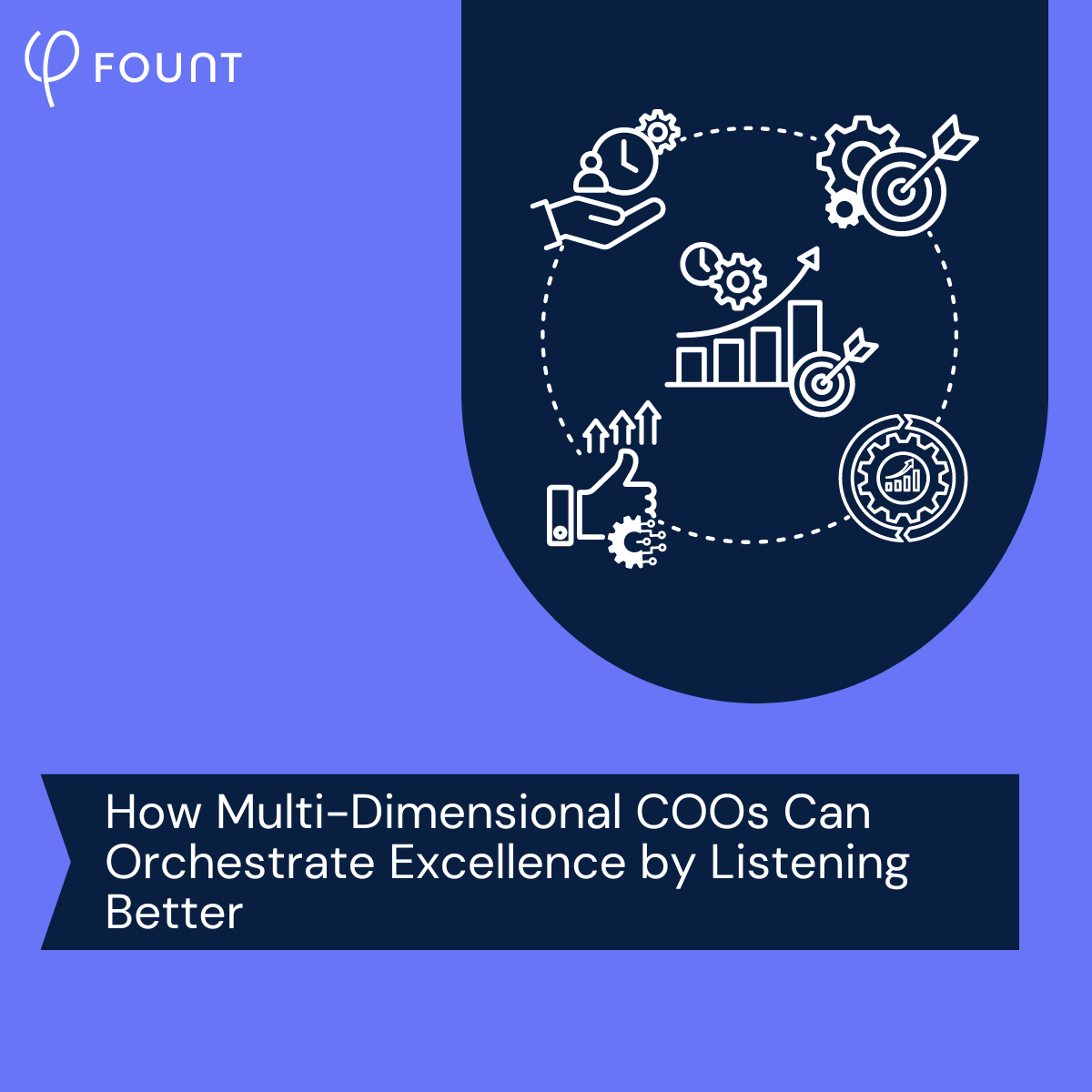Making Work, ‘Work’
A summary of the details of the article will go here.
Companies selling products and services are leveraging experience to differentiate themselves in a crowded marketplace. People have become accustomed to sophisticated and well-designed consumer experiences and increasingly expect the same of their experience of work. In short, experiences count.
Do you speak the language of experience?
The Experience Economy
People have experiences all the time, including when they work.
Companies selling products and services are leveraging experience to differentiate themselves in a crowded marketplace. People have become accustomed to sophisticated and well-designed consumer experiences and increasingly expect the same of their experience of work.
In short, experiences count.
Adults spend more than a third of their waking lives at work each year, and unsurprisingly people want work to work for them: to meet their unique needs, to provide a daily source of satisfaction rather than frustration.
If the experience of work is good for employees, the benefits for the business are clear: productivity is greatly increased, and much higher levels of employee retention result. However, we know that the opposite is often the case.
Many people’s experience of work is that it is something to be endured, rather than something to look forward to. Worse, many employees feel that they get their work done in spite of the company rather than with its support.
What happens when this is the case? An experience economy is also a free market – many employees will just go elsewhere. Quitting in search of an employer that can provide better experiences of work is easier than ever. The well-documented phenomenon of ‘The Great Resignation’ has shown that employees feel empowered to act when it comes to improving their quality of life, of which experiences at work play a large part.
If the experience of work is good for employees, the benefits for the business are clear
In an already tight labor market, losing staff is a critical business problem and the answer cannot lie with simply replacing them – attracting, hiring, retaining lost talent is expensive and time-consuming (if it is even possible), and may represent a threat to the very existence of the enterprise.
Perhaps even more concerningly, those that don’t leave may drift into presenteeism which can be infectious and harmful to morale. In addition, while gaps in headcount may be easily quantifiable, it can be harder to get visibility into the proportion of your workforce who are still employed but may have ‘checked out’.
Either way, if enough staff leave (physically or otherwise), the net impact is real damage to the performance of the business.
Misunderstanding Work
Fundamentally, the challenge of people having a poor experience of work is not actually their problem, but rather the company’s problem. With unmet demand for labor and the proliferation of sources of information and communication such as Glassdoor and LinkedIn, the barriers to leaving for better experiences elsewhere have never been lower.
The solution for the company is much harder- to improve employee’s experience of work you have to understand what work really is for your employees, and change it to meet their unique needs.
Companies typically design work around their own business needs, thinking about work in terms that they understand, and organizing themselves and their employees accordingly. To create work that supports business objectives and meets the complex needs of human beings, organizations have to shift their whole frame of reference for how they conceive of work to be more human-centric.
Instead of starting from the requirements of the organization and working top-down to the employees, they need to internalize the opposite perspective: beginning with the human experience of work and then adjusting the organization around it. One could sum this up with the following statement: rather than Human Resources that work for the company, they should think in terms of balancing it with Company Resources that work for humans.
To improve work you have to understand what it really is for your employees, and change it to meet their unique needs
Much as businesses have grown to accept that they need to meet customers where they are, ultimately the gap between the organization-centric understanding of work for employees and the lived human experience is what needs to be bridged.
Business as Usual: Lost in Translation
This is not to say that companies haven’t committed plentiful resources – with good intention – towards what they see as improving work conditions.
Many leaders may embrace and agree with the notions of the Experience Economy and the need for human-centricity, but they may also only see in those concepts vindication for the strategies they are already pursuing – especially when the terms ‘human’ or ‘experience’ appear somewhere on the list.
However, these strategies often reflect a top-down view of organizing people and work around the company’s own needs. As a result, they will likely fail to bridge the gap between the company’s and the employees’ concept of the experiences of work, and will not meaningfully change work to meet the human needs of employees.
When organizations conceive of ‘experience’ it often doesn’t align with what employees think and feel about work on a daily basis. Institutionally, companies lack the framework and language to describe and codify work in ways that are not focused around process, silos, systems and functions within themselves.
The existing company-centric view of strategies to improve work conditions includes much of the typical Human Resources project portfolio.
Examples include:
- Implementing or expanding engagement & listening programs
- Human Capital Management (HCM) system upgrades
- Digital transformations
- Employee Value Proposition (EVP) rebrands
- Revising company communications & messaging
- Free breakfasts
The above projects and initiatives may impact the individual, but are not fundamentally tailored to understanding and improving their experience. As such, any improvements in human experience that result from much of the existing HR agenda will be by accident rather than design.
Rather than Human Resources that work for the company, think in terms of balancing it with Company Resources that work for humans.
By describing the work employees do purely in the language of the organization, the company’s good intentions get lost in translation.
Employees’ human experiences remain unmanaged and the deep problem of building a positive employee experience remains unsolved.
Given the strong business and labor market incentives to ‘get experience right’, as well as the finite nature of resources there is the very real possibility that, from an experience perspective at least, it would be better to do nothing than to spend a fortune doing the wrong things.
Ultimately, if a new perspective on the problem of experience is desired, then a new set of tools to solve it are needed.
Cracking the Code
In order to improve work, companies need to understand, measure and meaningfully change the human experience of it.
The many goals that individuals pursue in the act of working are nuanced and varied. The myriad activities they perform, whether little or big things, trigger interactions with a complex human, digital, and physical ecosystem within the company. This interplay is what it means to experience work.
This is where existing listening data fails to provide enough insight – organizations need to be able to collect information across this multitude of factors and interactions and then analyze it. If this weren’t hard enough already, it needs to be done at scale and across the company.
At FOUNT we know that employees don’t speak the language of processes, silos, and other organization-centric concepts; instead they live the daily language of human experience. If an organization is serious about changing the experience of work for its employees, it needs to translate their language into insight it can act on – this is where existing listening strategies fall short, especially at scale.
If a new perspective on the problem of experience is desired, then a new set of tools to solve it are needed.
FOUNT has cracked this critical code, and our Employee Experience (EX) Intelligence solution provides the tools and the structure to gather and analyze authentic experience data. That intelligence empowers leaders to prioritize the most important work experiences that need improvement for specific talent segments, and pinpoint sources of friction within those experiences.
Implementing an employee-centered listening capability is the critical strategic foundation that provides the data and intelligence to inform the right improvements within your company. However, developing a more mature strategy where this type of change is orchestrated across the many people, teams, projects and initiatives spread throughout an enterprise is a gargantuan task.
The FOUNT solution is the infrastructure to operationalize the delivery and improvement of experiences across the many moving parts of an organization. By tracking progress over time, and determining and appointing responsibility and visibility, a self-sustaining feedback loop can be created to drive meaningful improvement in your employees’ human experiences of work.
That’s why FOUNT exists – we believe that people should feel great at work and we’re excited to partner with our customers to achieve this ambition.
With the right tools organizations can learn and understand this new language of work. By acting on experience, common human frustrations and frictions can be swept away.
Ultimately the dream of work that just works can be made real.
Related Resources
See all News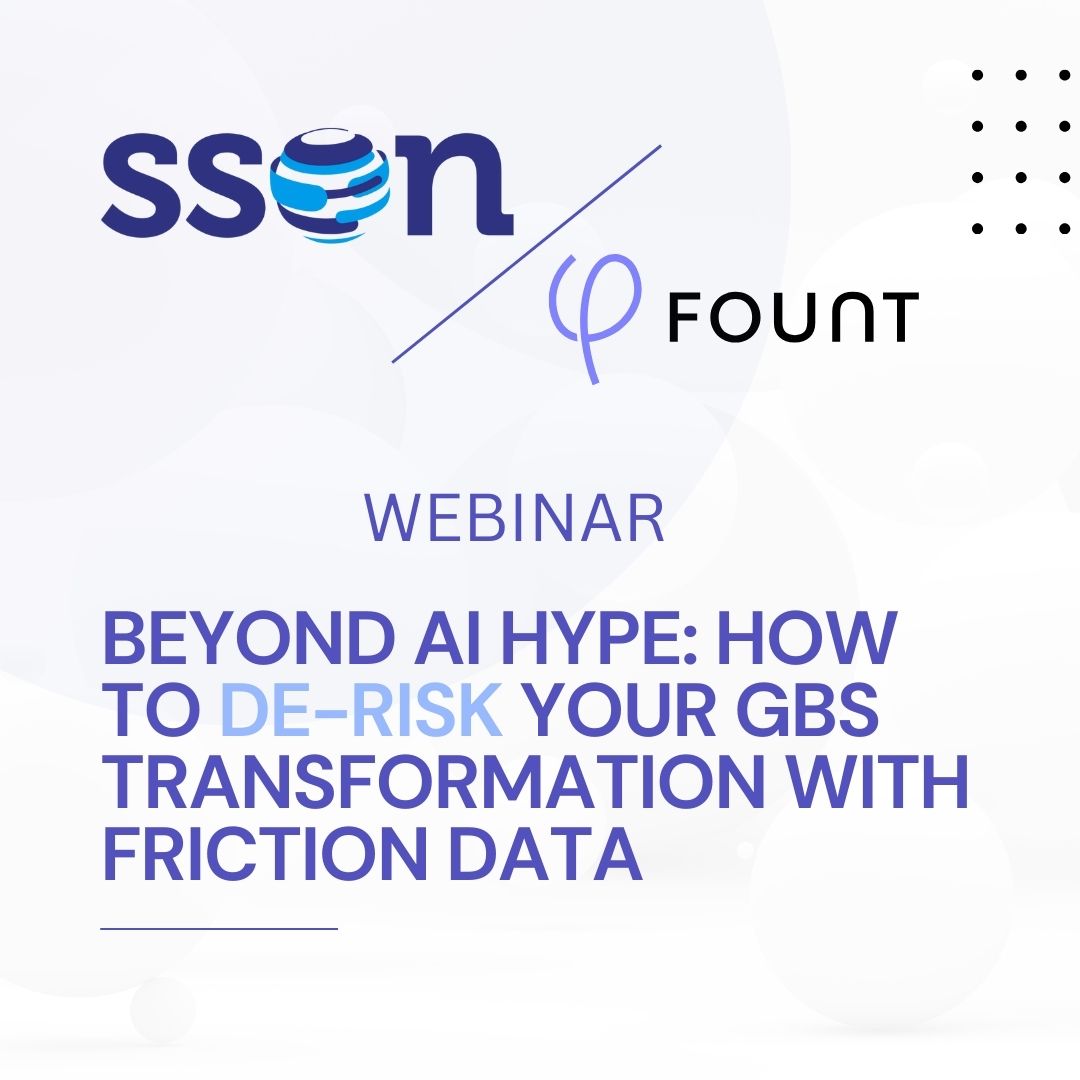
Events
LIVE Webinar – July 9th for SSON Network. Beyond AI Hype: How to De-Risk Your GBS Transformation with Friction Data
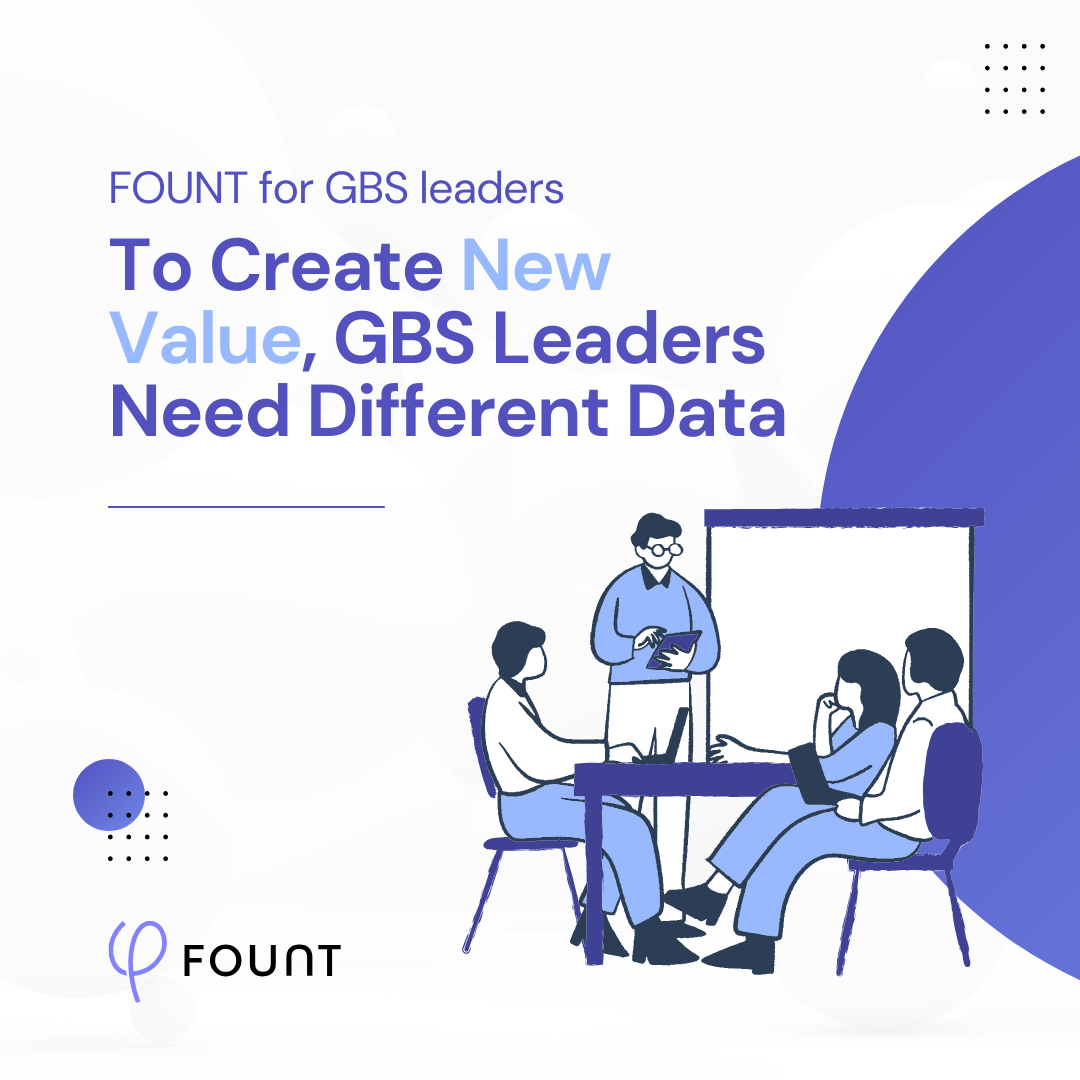
Insights
To Create New Value, GBS Leaders Need Different Data
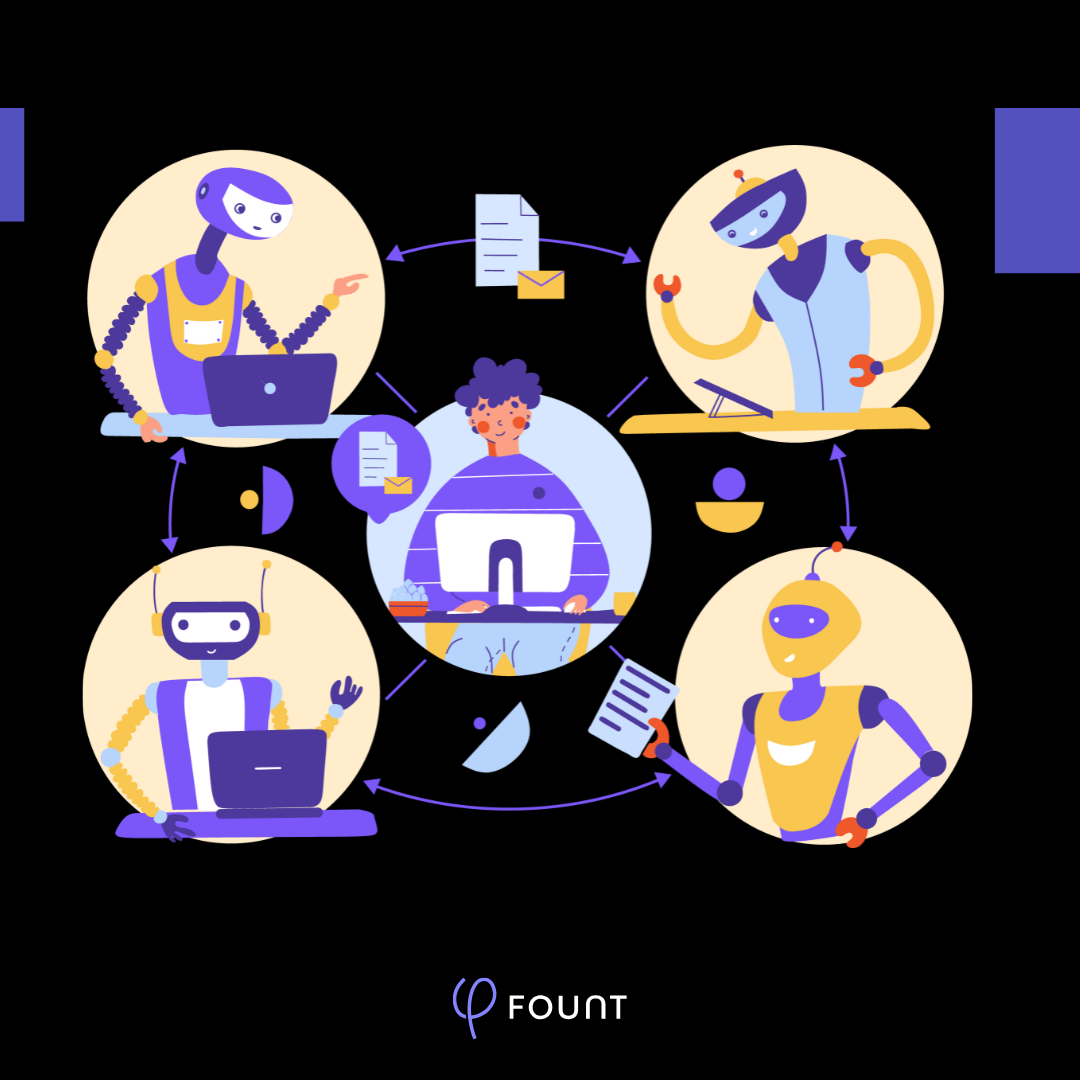
Insights
How to Keep Up with the Latest AI Developments
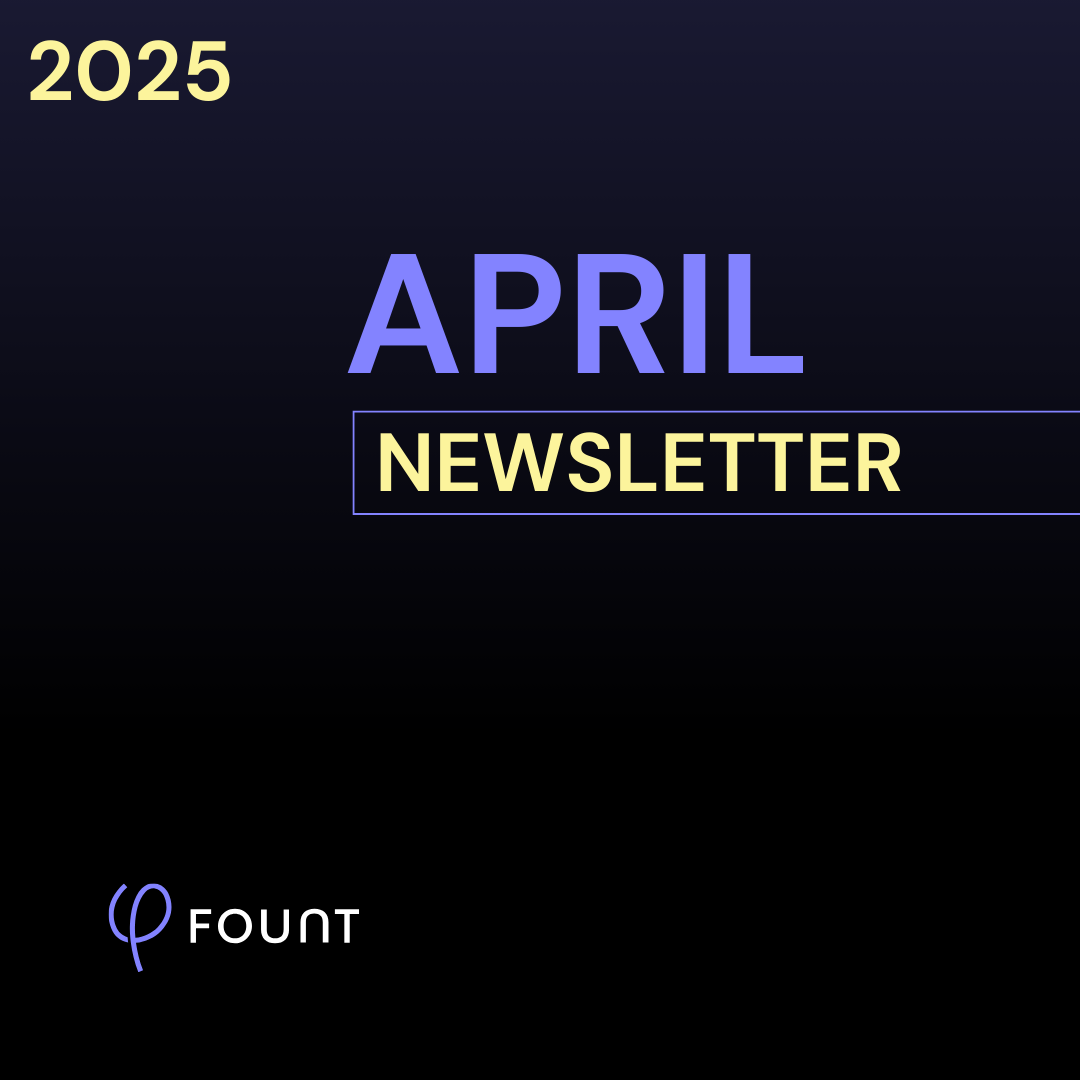
Insights
APRIL Newsletter. Friction: You Can’t Improve What You Can’t See

Guest Post
AI is Reshaping the HR Operating Model: Here’s What 15 Leading Companies Discovered
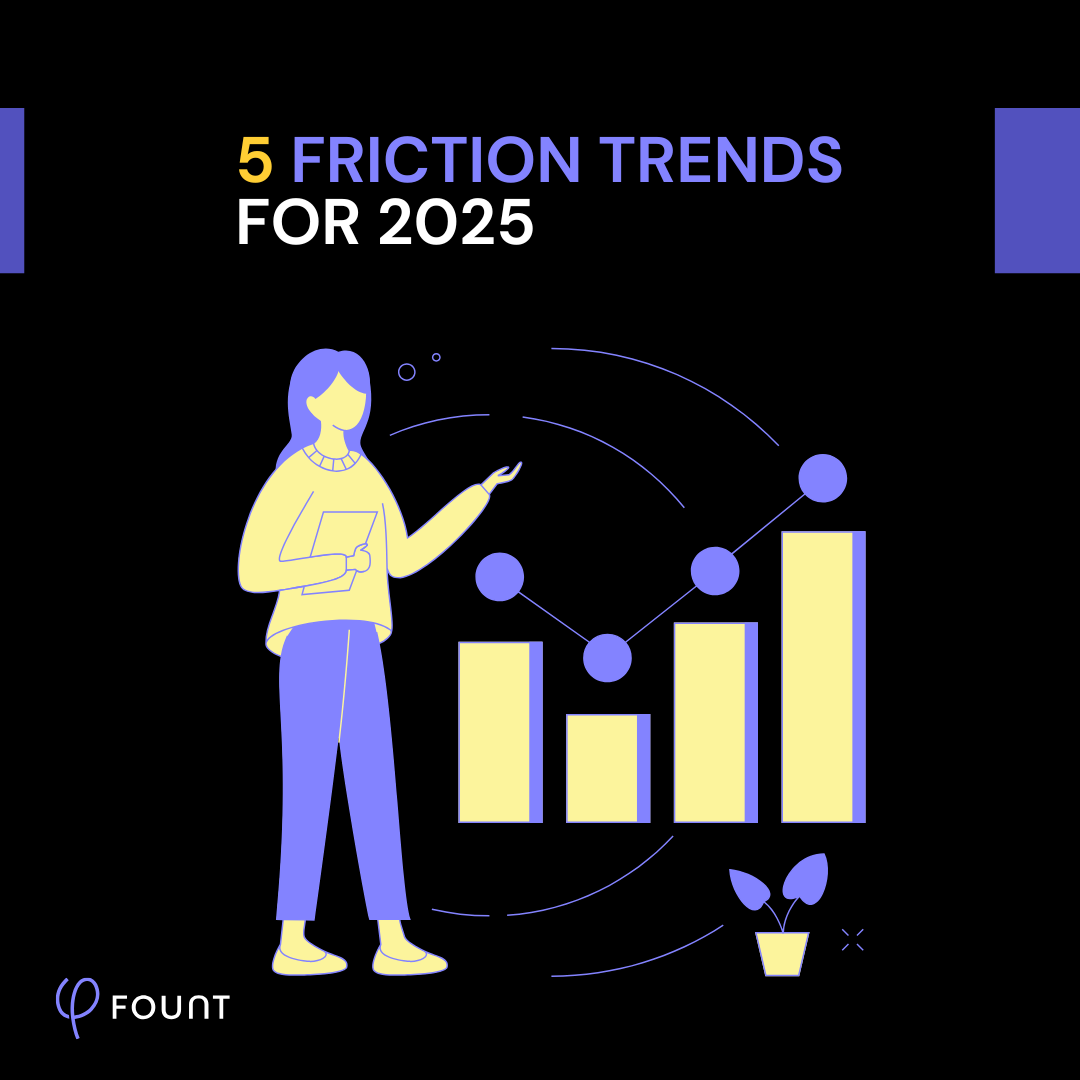
Insights
5 Friction Trends for 2025
Research
WHITEPAPER: Work Friction
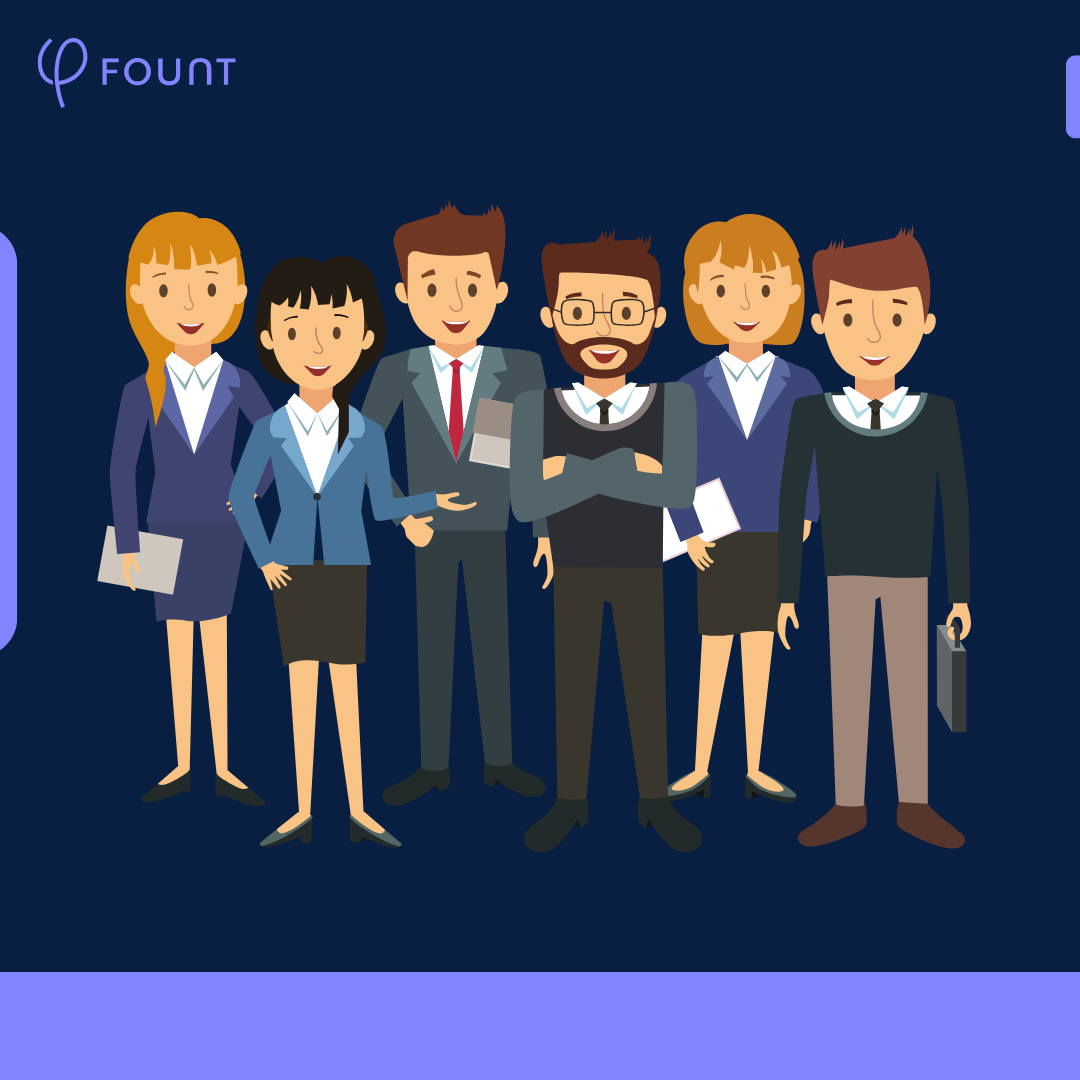
Insights
FOUNT vs. Process Mining vs. Employee Engagement
